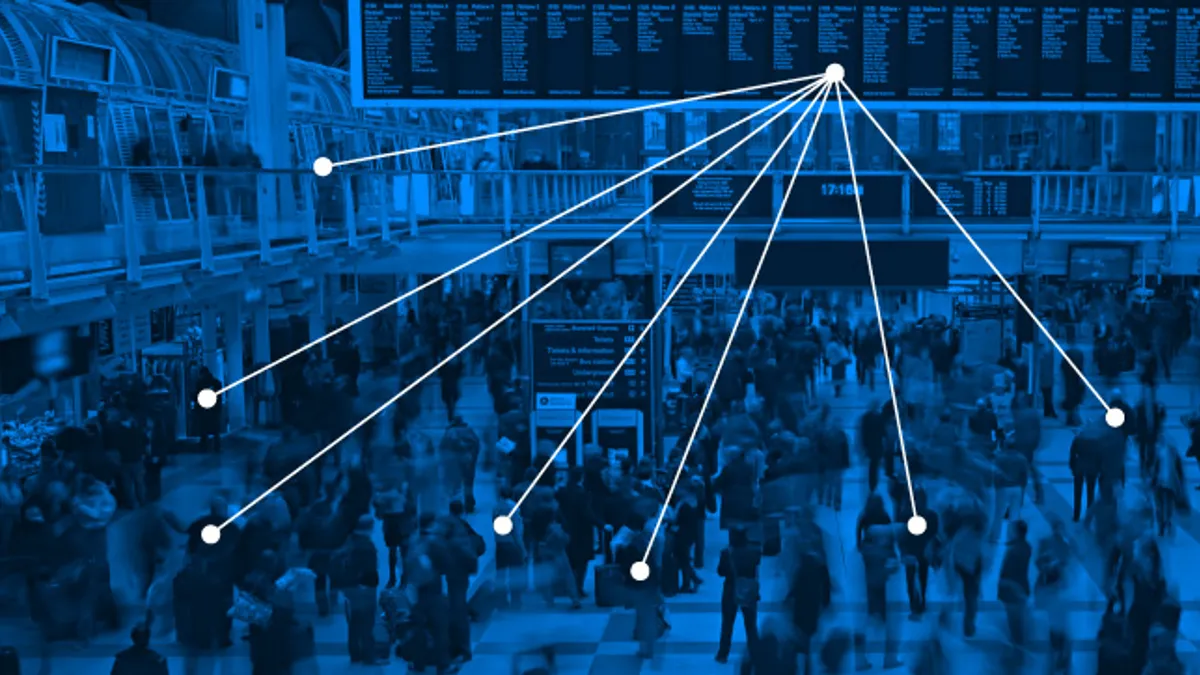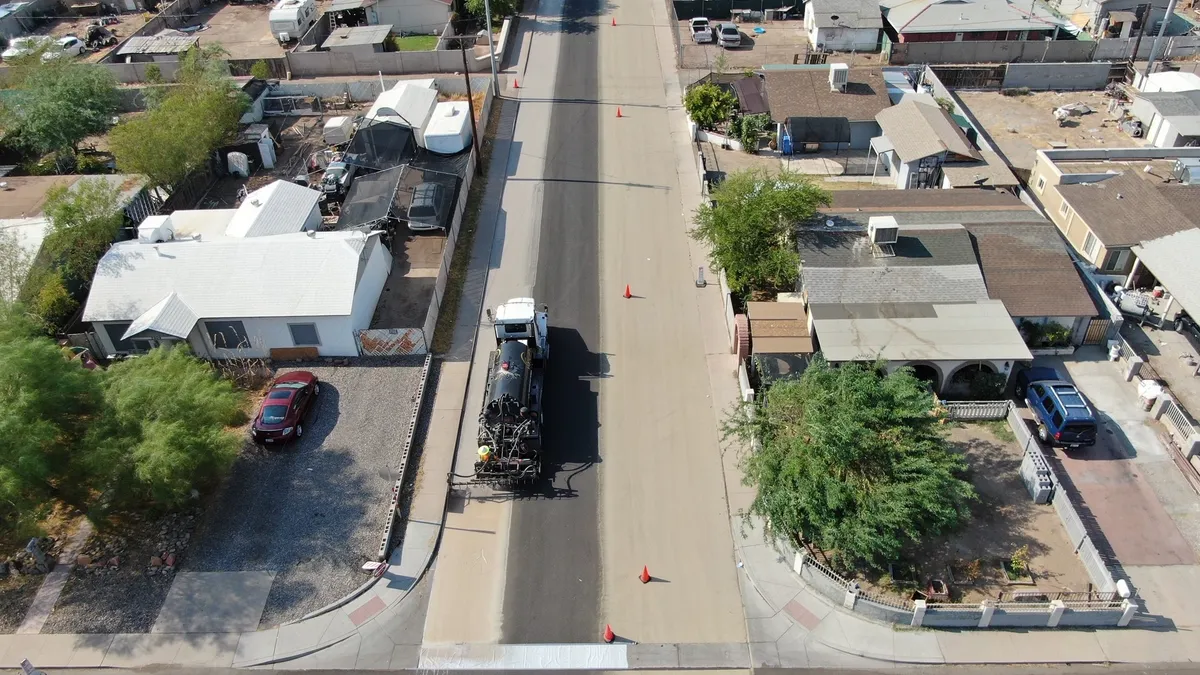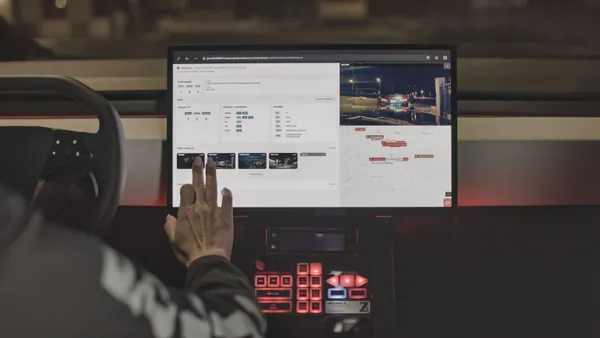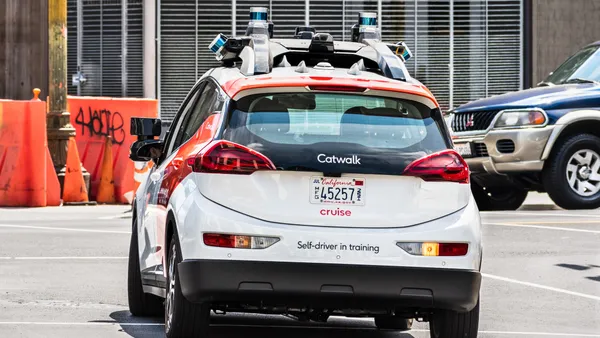Bluetooth® based location solutions are a hot topic of 2018 and they are driving a number of occupant engagement applications, from smart buildings to the smart city. Bluetooth beacons and sensors are increasingly deployed in smart facilities around the world. According to this year's Bluetooth Market Update, annual shipments of Bluetooth location services devices are forecasted to grow 10x by 2022, making it the fastest growing Bluetooth solution area over the forecast period.
Within this rapidly expanding smart building solution area, four core use cases have emerged.
Point of Interest
Smart cities are now discovering how point-of-interest (PoI) beacons can improve the quality of life for citizens and enhance the visitor experience. As Taipei Smart City Chief Officer Chenyu Lee recently explained at Bluetooth Asia 2018, Bluetooth smart city applications are now extending into people’s everyday lives.
Retailers were among the first to adopt PoI beacons, using them to improve the customer shopping experience by enabling personalized promotions and way-finding services that help shoppers navigate their stores and locate items on shelves. Target is one of those retailers putting location services to work in their stores.
Museums are also adopting location services to offer visitors a more personalized and fulfilling experience. When recently swapping existing halogen lighting with Bluetooth enabled LED modules, the Van Gogh Museum in Amsterdam also installed Bluetooth beacons capable of feeding visitors point-of-interest information based on where they are, and what piece of art they’re viewing.
Indoor Navigation
Indoor navigation is another application that’s enhancing the visitor experience. Bluetooth beacon-based indoor navigation and wayfinding solutions have quickly become the standard for overcoming indoor coverage challenges that existing solutions can't address. Last year, Gatwick airport installed around 2,000 beacons in two terminals, creating an indoor navigation system more reliable than traditional GPS — and others are following Gatwick's lead. Unacast Proxybook estimates that 84% of global airports will be using location services by 2019.
Asset Tracking and Item Finding
Alongside PoI and indoor navigation, Bluetooth beacons are powering the rapidly growing asset-tracking and item-finding markets. From inexpensive personal item-tracking devices to large-scale asset-tracking solutions found in hospitals and factories, Bluetooth is helping individuals and facilities locate and monitor valuable resources.
In industrial settings, companies like ABB & Bosch are using Bluetooth to deploy sensors across factory floors to monitor the condition of the equipment and to feed that data into a BMS to predict maintenance requirements.
Space Utilization
Within office buildings, airports, exhibition centers, and even on city streets, building owners and city planners are using Bluetooth sensors to gather data in real time to better understand how these spaces are being used.
One panelist during a recent session dedicated to a location services discussion at Realcomm 2018 estimated that 20-40% of conference room space goes unused. This shadow space is the bane of building owners, operators, and occupants alike. As corporations realize the need to minimize footprint and maximize space, space-utilization solutions are gaining more and more traction.
Aruba, a Hewlett Packard Enterprise Company, is using Bluetooth to help transform modern offices into an integrated digital workplace. It’s a great example of how this technology is being leveraged in commercial office spaces to uncover cost-savings opportunities, bring efficiencies to conference room booking and hot desking, and create a work environment that boosts productivity and appeals to tech savvy talent.
The ability to connect building automation systems (BAS), the internet, and the ever-present mobile device has enabled occupant-engagement applications that have rocketed smart-building integrators into an occupant-experience revolution. The building focus has expanded to include occupant experience and wellness, not just productivity per square foot, and Bluetooth is proving itself to be an essential enabling technology for the indoor location solutions leading the way.










